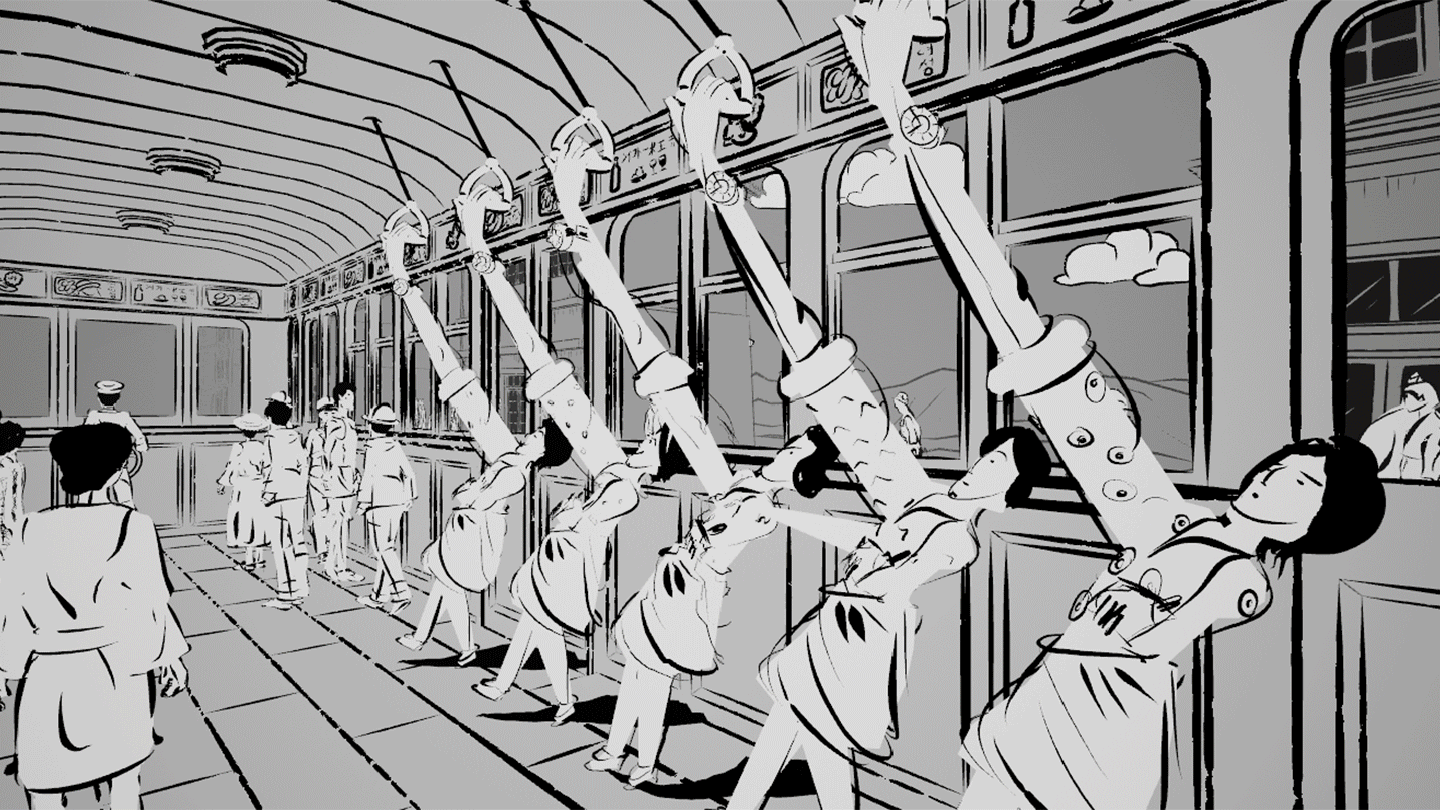November 3, 2023–January 14, 2024
Lange Voorhout 102
2514 EJ Den Haag
The Netherlands
T +31 70 392 5359
info@westdenhaag.nl
Artists: Theresa Hak Kyung Cha, Chang Jia, Haejung Jung, Hayoun Kwon, Eunsae Lee, Ye-Eun Min, Mackerel Safranski, Hong Lee Hyun Sook
Curators: Baruch Gottlieb and Ji Yoon Yang
The title Hexed, Vexed & Sexed points to the vexed freedom of women artists in the world today. It reclaims the Hex as a discipline of feminine intellect and politics, capable of transforming social circumstances from the inside out.
The Hex stands for irrepressible women’s power, often vilified as unreasonable, childish, or animal, but producing profound social effects undermining patriarchal control. The Hex implies responsibility and wisdom, a grounding in human affairs and in the materiality of the biosphere.
The Vex stands for the tension produced as women must make alliances across class and racial differences to carve out, foster, and build realms of relative autonomy under a system built to extract every drop of value from them. The Vex is what Haraway calls the Trouble, a realm that defies categorisation and frustrates the male gaze.
The Sex concerns the emancipation of full human beings, as it must attend to social obligations. Real sexual liberation does not exist where women’s roles in family relationships and in society in general are still constrained and overdetermined by what bell hooks calls white-supremacist-capitalist-patriarchy. The general sexual revolution is still before us, and if it ever comes it will be led by fully emancipated women. In the meantime, the legacy and reactionary actuality of patriarchy in its many guises have left traumatic scars on both men and women, impairing and distorting their association.
Encountering the mounting global interest in Korean culture, this exhibition conveys the experience of striving, thriving and surviving as Korean women, exploring through their art practices, all that they can be, challenging their own expectations and those of society. Through the work of these pioneers, whose careers cover the entire post-Korean war period, from the 60’s until today, visitors can discern how the prospects, demands, and possibilities for women have been changing through several generations.
Theresa Hak Kyung Cha researched the material experience of language in terms of its textual, oral, and audial quality. Cha’s major written work Dictée (1982) attempts to recall her lost genealogy and to articulate it in words and images.
Chang Jia’s works expose social taboos, especially to women’s bodies. They encompass discourses such as sexuality and power, eroticism and ecstasy, pleasure and pain, prohibition and taboo.
Haejung Jung posits that humans can set the world right by building relationships with nonhumans, animals and plants, lifeless matter, nature, or technology. In Becoming Sea Squirt, she expands on this previous research to cross the bound- aries between humans and pigeons, dogs, sea squirts, cells, the ocean, and even space to embody different experiences of “becoming body”.
Hayoun Kwon’s Kubo walks the city invites you to follow the footsteps of Kubo, a Korean writer in his urban flanerie in Seoul in 1934 under the Japanese Occupation. You discover the city through the press caricatures mocking modern women’s “reckless modernity” and prosperity that ensued with the occupation.
Eunsae Lee’s paintings depict young women’s resistance in Korean society today. They are based on what she has witnessed directly or indirectly, starting from popular culture, social media, and personal experience.
Ye-Eun Min’s installation explores the notion of home by dismantling and replacing the interior objects as dwelling space to explore our connections with its fourth dimension.
Mackerel Safranski’s paintings of imaginary stories and characters suggest that women’s perceptions of bodies are often determined by conditions such as labor, violence, desire, and feelings of belonging and alienation.
Hong Lee Hyun Sook has been an active eco-feminist artist for the past 30 years. By depicting the symbiotic relationship between humans, nature, and inanimate objects, Hong Lee’s work addresses the oppression of nature and women in patriarchal structures and systems.
Opening events
5pm: Opening of the exhibition
6pm: Artist talk with Chang Jia, Eunsae Lee, Baruch Gottlieb and Ji Yoon Yang
7:30pm: Performance of The Willow is Back by Hong Lee Hyun Sook
West Den Haag is based in the former U.S. embassy in the heart of the Museum District, The Hague. The building is a national monument designed by architect Marcel Breuer.
This project is supported by Ministry of Culture, Sports and Tourism of Korea, Korea Arts Management Service, Fund for Korean Art Abroad, Mondriaan Fund, City of The Hague and the Dutch Ministry of Education, Cultural Affairs and Science. This is the second collaboration between West Den Haag and Alternative Space LOOP, building on the success of the exhibition Simple Acts of Listening: Sound Effects Seoul 2022, and is curated by Baruch Gottlieb and Ji Yoon Yang.

